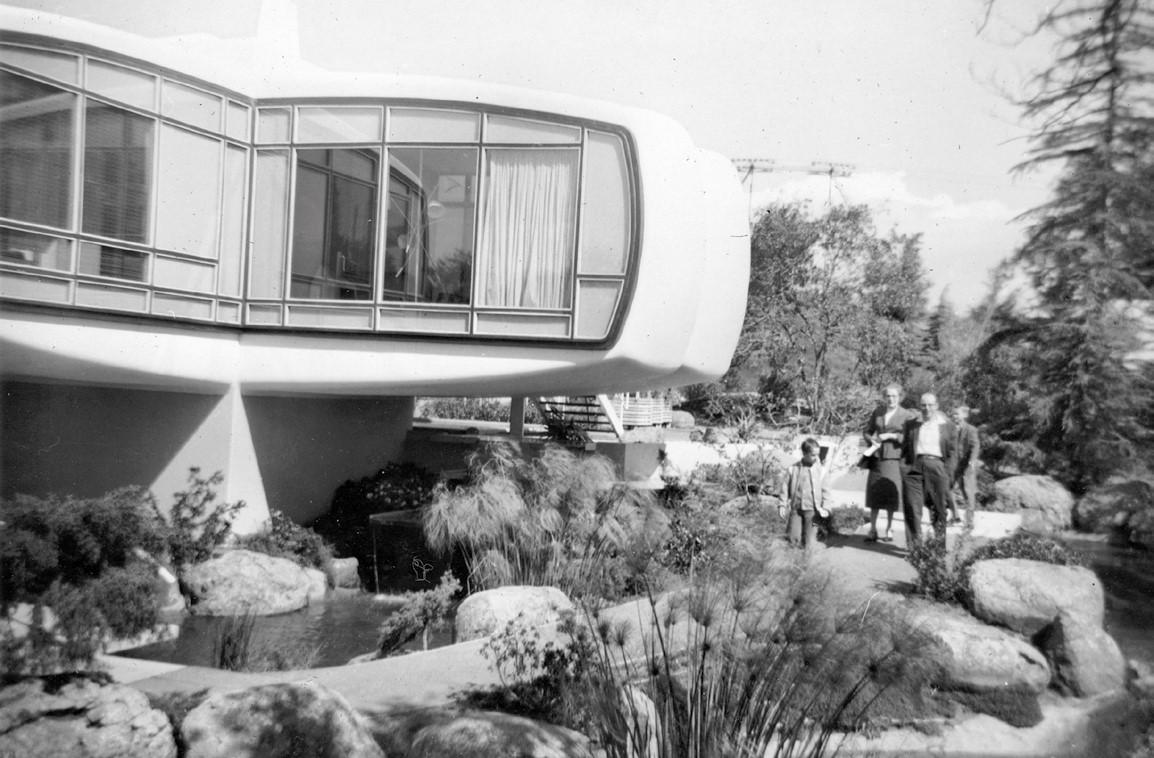Downloads
DOI:
https://doi.org/10.52200/docomomo.66.01Keywords:
petroleum, synthetic materials, industry, architecture, plasticsAbstract
Over the last century the petroleum industry’s rapid growth has been accompanied by a steady flow of aggressively promoted petroleum-based products. The petroleumscape’s spatial expansion and visual representation achieved widespread citizen buy-in. Following World War II the use of plastic materials in the building industry significantly increased through efforts from architects and industry leaders. The House of the Future, built by MIT architects, the Monsanto Chemical Company, and Disneyland exemplified a modern lifestyle: clean, functional, and fun. The architectural and technocratic dream of a mass-produced, fully plastic house that seemed possible in the post-war years did not survive the subsequent commercialisation of the plastics industry in the 1960s and 70s.
How to Cite
Published
Issue
Section
License
Copyright (c) 2022 Carola Hein

This work is licensed under a Creative Commons Attribution 4.0 International License.
Plaudit
References
BRITISH RESIN PRODUCTS LTD, The Styron Story: Everymans Guide to Polystyrene Plastics, British Resin Products Ltd., 1960.
BUILDING RESEARCH INSTITUTE, Plastics in Building, National Academy of Sciences, National Research Council, 1955.
COLOMINA, Beatriz, Annemarie BRENNAN, and Jeannie KIM, eds. Cold War Hothouses: Inventing Postwar Culture, from Cockpit to Playboy, Princeton Architectural Press, 2004.
DIETZ Albert G. H. “Practical Prospects for Plastics in Building Construction.” International Journal of Polymeric Materials 8, no. 1 (1979).
FORBES, R. J. More Studies in Early Petroleum History 1860-1880, E.J.Brill, 1959.
HEIN, Carola. “Oil Spaces: The Global Petroleumscape in the Rotterdam/the Hague Area.” Journal of Urban History 44, no. 5 (2018): 887–929.
INSTITUTE, THE PLASTICS, Plastics in Building Structures: Proceedings of a Conference Held in London, 14-16 June 1965, Pergamon Press, 1966.
Massachusetts Institute of Technology Bulletin President’s Report. (October 1 1956).
Massachusetts Institute of Technology Bulletin President’s Report. 91, no. 3 (November 1955).
Massachusetts Institute of Technology Bulletin President’s Report 1949-1950. 86, no. 1 (1950).





